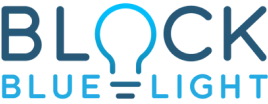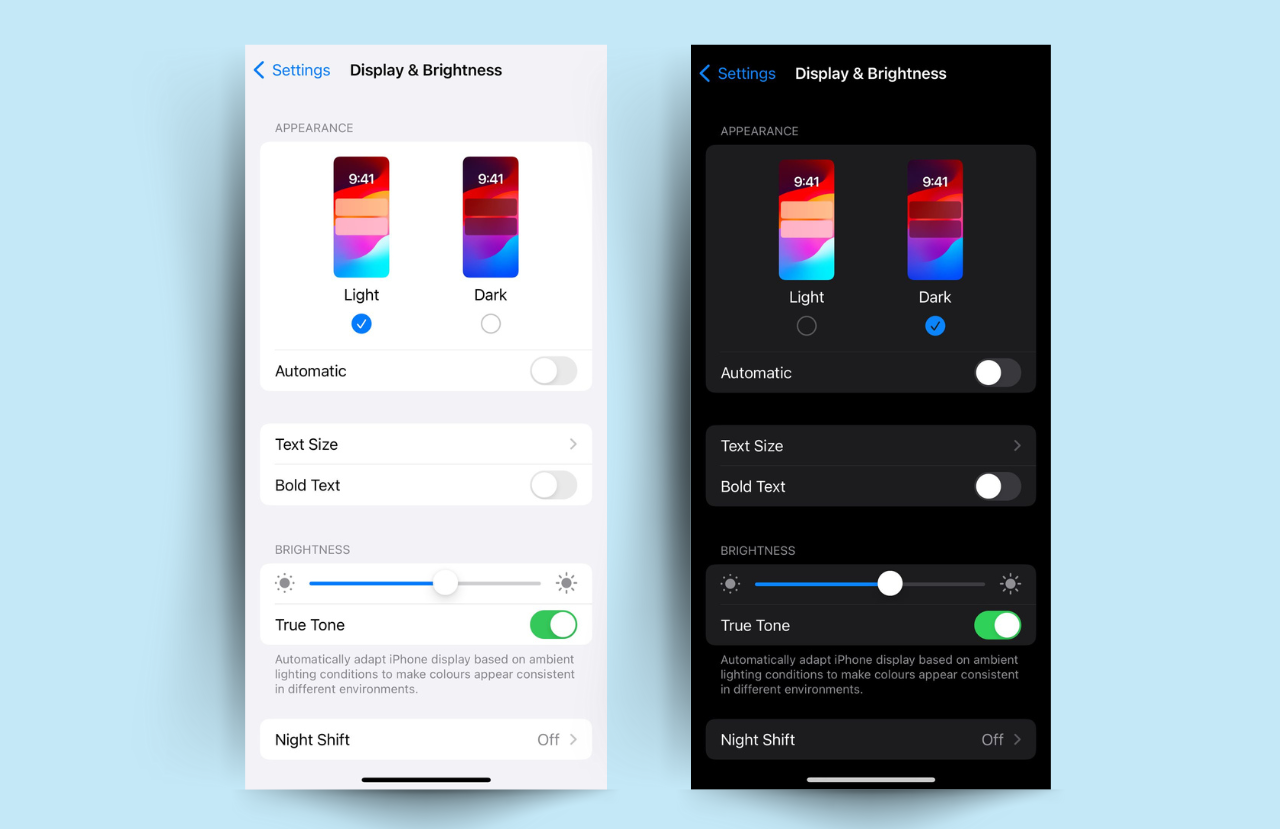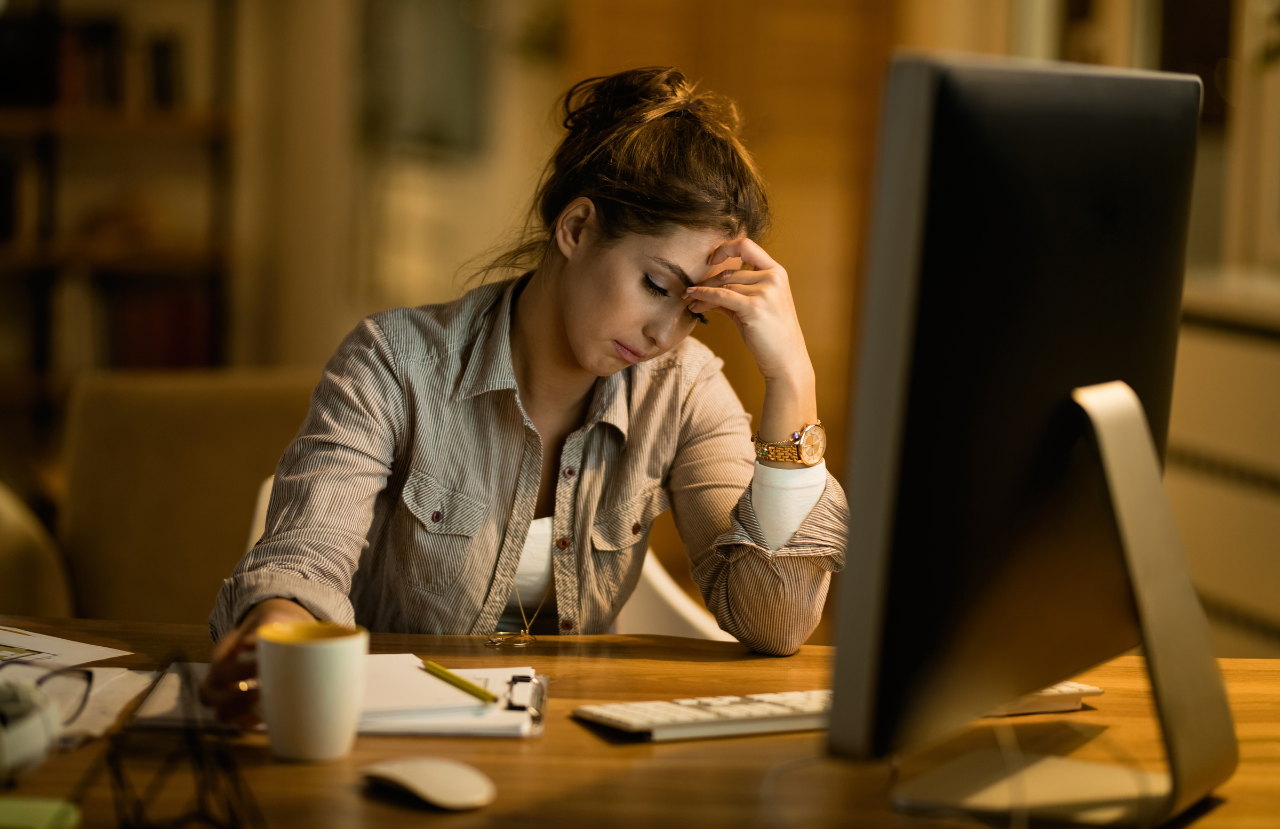To address growing concerns about eye strain and enhance user experience, iOS and Android introduced a Dark Mode or Night Mode. Dark Mode offered a visually appealing alternative to the traditional light mode, which could reduce eye strain, especially in low-light environments.
iOS launched ‘Dark Mode’ for iOS 13 on September 19, 2019, and Google introduced ‘Dark Theme’ to Android in September 2019 with Android 10. Aside from its supposed health benefits, Dark Mode became popular with users for its sleek visual appeal, compared to the traditional light mode.
But does dark mode help with blue light, and is dark mode better for your eyes at night? This article will see the latest research about dark mode’s health benefits and whether dark mode reduces blue light.
What is Dark Mode?
Dark mode, also known as night mode or dark theme, flips a user interface's colour scheme. It replaces the default light background with a dark background with light text. This inversion creates a high-contrast display, which is popular with users for various reasons.
Dark mode is also referred to as:
- Black mode
- Dark theme
- Light-on-dark
You can turn on ‘Dark Mode’ on iOS from the Control Centre. If it doesn’t appear in the Control Centre, go to Settings > Control Centre and add it from there.
To turn on ‘Dark Theme’ in Android, navigate to Settings > Display > Theme. You can also set up an automatic schedule to turn on dark mode at specific times.

Note: Dark mode is not to be confused with ‘Night Shift.’ Night Shift doesn’t alter the colours but makes the screen warmer, aiming to reduce blue light exposure. Night Shift gives your screen a yellow tint. Read about whether Night Shift effectively blocks blue light in our detailed guide.
Dark Mode Advantages And Disadvantages
Dark mode has the following benefits
Reduced Light Output:
Dark Mode releases less light overall because the colours are darker. It helps in low-light environments, such as when you’re using your phone in bed and your partner is trying to sleep.
Improving Readability:
Some people find the increased contrast between the text and background to be easier on the eyes, particularly in low light.
Conserving Battery Life:
In devices with OLED or AMOLED displays, dark mode can help conserve battery life by turning off pixels in darker screen areas.
Sleek Design:
Many users find dark mode visually appealing and like the feel.
Reduced Blue Light:
Since the screen releases less light in general, blue light is reduced, too. This could potentially reduce eye strain and dry eyes in low-light conditions
Dark mode has the following drawbacks:
Limited Compatibility:
Not all apps and websites support dark mode, which means your user experience will differ across platforms. Some apps may have partial dark mode support, resulting in a mix of light and dark elements within the same interface, which can be jarring and less visually appealing.
Content Legibility:
In certain lighting, such as outdoor environments or bright sunlight, dark mode makes content more difficult to read, especially if the display brightness is low.
Does Dark Mode Reduce Blue Light?
There have been claims about the benefits of dark mode, with many saying it reduces blue light and improves concentration, sleep, eye health etc. The question is, does dark mode emit less blue light? And will the average user experience health benefits from using this mode? Let’s unpack the claims made about dark mode and see the science behind them.
What Is Blue Light?
First, let’s recap what blue light is. Blue light is a high-energy, short-wavelength light in the visible light spectrum. The sun, LED lights and digital screens all emit blue light in various quantities.
Unlike the other colours in the light spectrum (think of the colours in the rainbow), which allow us to see colour, blue light plays a secondary role in our bodies. Blue light from the sun governs our sleep-wake cycle. Exposure to blue light during the day keeps us alert and awake by suppressing the production of melatonin, the sleep hormone. However, excessive exposure to blue light, particularly in the evening and night, can disrupt our circadian rhythm, leading to difficulties falling asleep and poor sleep quality. Blue light has also been linked to other problems such as digital eye strain, migraines, and eye disease.
Does Dark Mode Reduce Blue Light?
Now, back to whether dark mode reduces blue light. The answer is yes, it does reduce blue light, but to a very limited extent. And the quantity of blue light reduced can vary significantly.
Dark mode alters the interface's color scheme by using darker colors, which inherently reduces the white light emitted by the screen. Since blue light is part of the white light spectrum, the overall reduction in brightness results in a decrease in blue light emission.
The light reduction is more effective on modern OLED/AMOLED screens than traditional LCD screens, because these new technologies have individual pixels that emit their light that can be turned off completely to create the black colour.
In traditional LCDs, the backlight is always on to some extent. What we want is a ‘True Dark Mode.’ True Dark mode reduces the levels of light coming from the screen, instead of just changing the colour of the light. Whether it’s a true dark mode varies depending on the app. Some apps just provide a darker colour scheme without turning pixels off completely.
So to summarize, a ‘True Dark Mode’ will reduce the levels of blue light reaching your eyes, compared to light mode or traditional white backgrounds. But it will not eliminate blue light. There’s no harm in scheduling Dark Mode to turn on at sunset and off at sunrise. However, its effectiveness isn’t guaranteed.
The only proven way to protect your eyes from blue light is to reduce or limit screen exposure by taking breaks between screen use and not using them after sunset. However, if you still use screens, the second-best and scientifically proven way of reducing blue light absorption is through blue light filtering. The difference between dark mode vs blue light filter is that a blue light filter blocks specific blue light wavelengths at specific percentages to protect your eyes. This can be done via a mobile blue light screen filter, using blue-free lighting and wearing a pair of blue light glasses.
What’s a Blue Light Screen Filter?
BlockBlueLight’s ScreenTime—Blue Blocking Screen Filter & Protector has been scientifically proven to reduce blue light emissions from the screen. Available for all iPhone models, it filters the exact wavelengths of blue light at 50% across the spectrum (400-550 nm). Like all our products, its effectiveness has been tested using a lab-grade spectrophotometer to ensure the correct wavelengths are filtered.
Why not filter 100% of blue light, you may ask? Blue light is still a colour. If we were to filter 100% of blue light, we would block all the blues from your screen, and the filter would be red-tinted.
For improved protection, we suggest using blue light glasses. These will ensure your eyes are protected against all screens (tablets, TVs) and LED lights.
What Are Blue Light Glasses?
Blue light glasses filter blue light and come in two types:
-
Worn during the day to protect from electronic devices, reduce eye strain and fatigue, and improve productivity.
-
Ideal if you use screens a lot and you’re looking for relief from sore/dry eyes, headaches, fatigue or blurred vision
Nighttime + Evening blue light glasses:
- Tinted glasses designed for evening and nighttime use, blocking blue light completely to promote restful sleep.
-
Ideal if you use screens at night and have trouble falling asleep on time.
What To Look For When Choosing Blue Light Glasses Or Computer Glasses?
When buying blue-light glasses, it’s essential to do your research. Not all glasses are created equal, and many available online won't provide noticeable benefits. Many cheap glasses found online don't filter the correct wavelengths of blue light. There are several things to consider to ensure you get the best product for your needs.
When it comes to products affecting your health, prioritizing safety is crucial. The light entering your eyes can profoundly influence your well-being, such as eyesight, hormones, mood, appetite, and sleep patterns. At BlockBlueLight, we focus on crafting products that align with your body's natural rhythms. Each of our blue light glasses undergoes rigorous individual testing with a lab-grade spectrophotometer, and the results are transparently provided in the product description.








